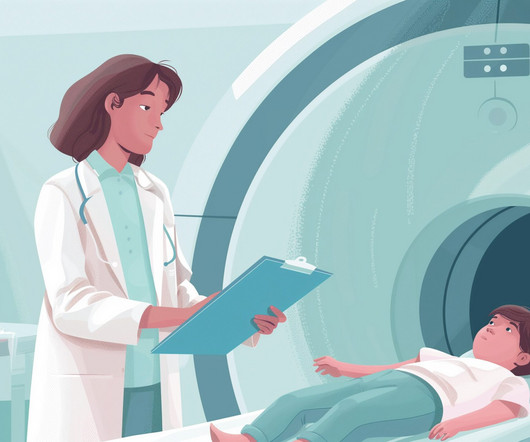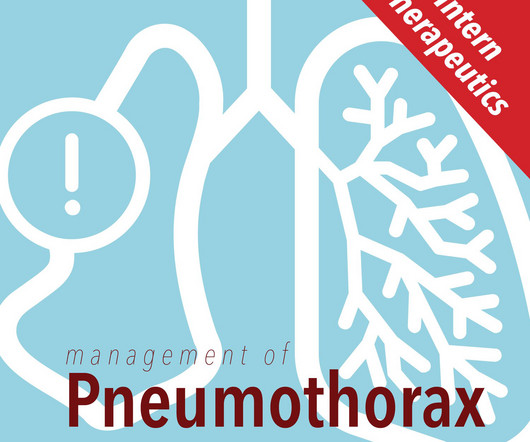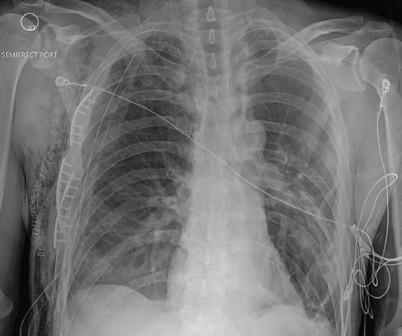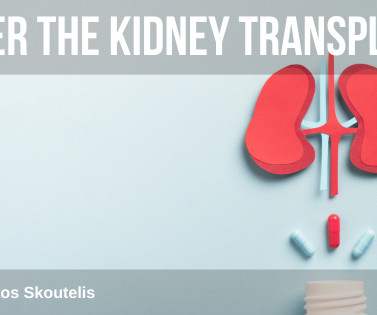SGEM#420: I get knocked down, but I get up again – do I have a scaphoid fracture?
The Skeptics' Guide to EM
NOVEMBER 11, 2023
Which clinical features best predict occult scaphoid fractures? Emerg Med J. He will soon be transitioning out of the US military after […] The post SGEM#420: I get knocked down, but I get up again – do I have a scaphoid fracture? first appeared on The Skeptics Guide to Emergency Medicine. Emerg Med J.

































Let's personalize your content